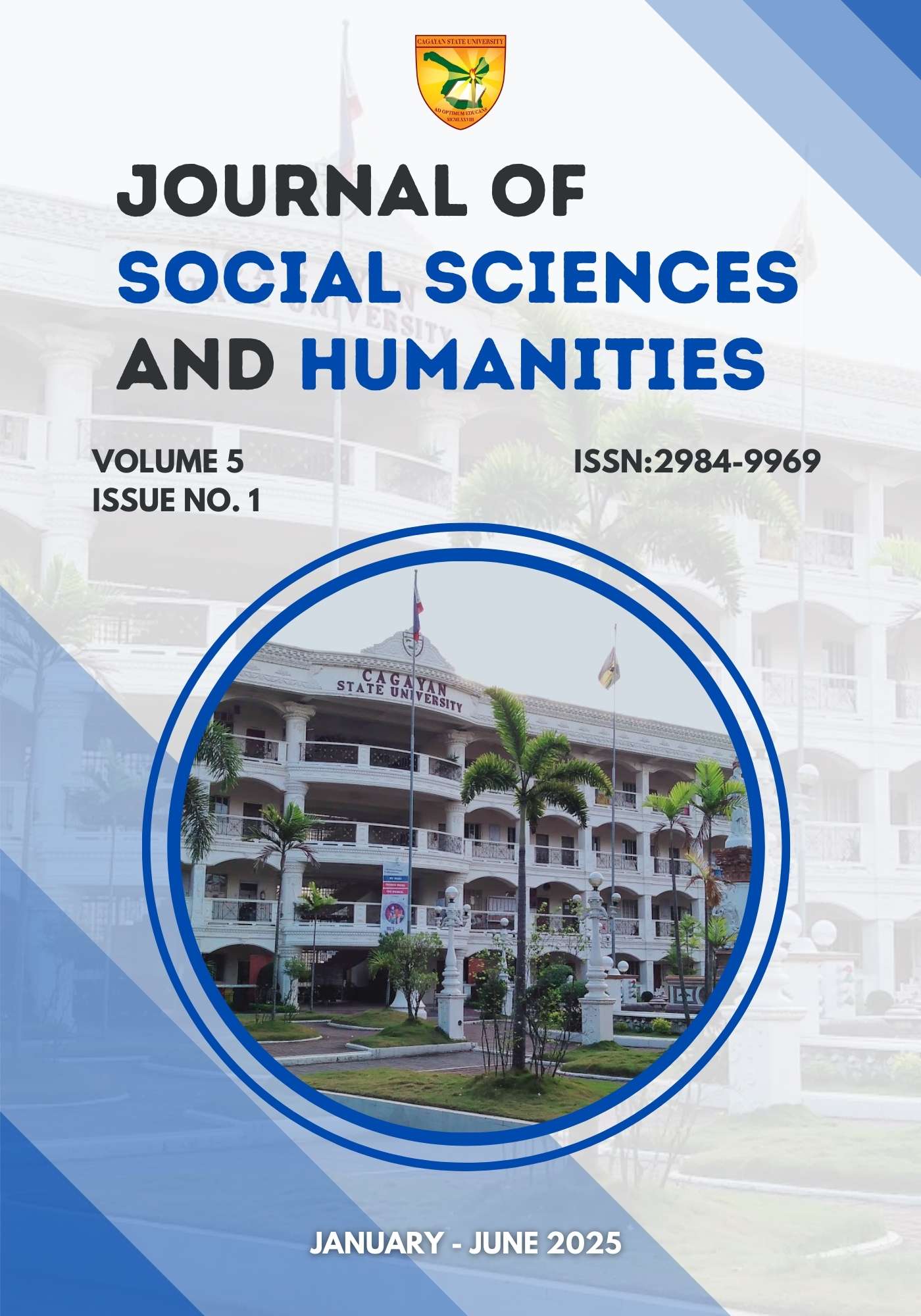Moderation Analysis of Gender Roles in the Relationship Between Autonomy Index and Physical Activity Among University Students
Keywords:
Gender roles, Autonomy Index, Intrinsic motivation, Physical activity, University students, Moderation analysisAbstract
The primary aim of this quantitative study was to examine the relationship between students’ motivation as measured by the Relative Autonomy Index and their physical activity levels, and to determine whether gender roles moderate this relationship. A sample of 987 undergraduate students at Cagayan State University-Carig Campus completed surveys on physical activity and motivation. Descriptive and inferential analyses were used to address seven research objectives. The results showed that overall physical activity levels were moderate, with male students being more active than female students. Urban-dwelling students were also slightly more active than those in rural areas. A higher autonomy index was positively correlated with higher physical activity levels, meaning students who were more intrinsically motivated engaged in more exercise. Most students (77.6%) reported being motivated by intrinsic factors, although male students were somewhat more influenced by external factors than females. Male students also reported a higher incidence of gender dysphoria and higher “androgyny” scores compared to females, though the majority of all students did not experience gender identity conflict. Importantly, sex was found to significantly moderate the motivation–activity relationship wherein the positive effect of intrinsic motivation on physical activity was much stronger for male students than for female students. Other profile variables (BMI, residence, college, and gender role orientation measures) did not significantly moderate this relationship. These findings suggest that gender plays a key role in university students’ physical activity behavior and its motivational drivers. Interventions should therefore consider gender-specific strategies to leverage intrinsic motivation and support students in becoming more physically active.
Downloads
Published
Issue
Section
License
Copyright (c) 2025 Journal of Social Sciences and Humanities

This work is licensed under a Creative Commons Attribution 4.0 International License.

